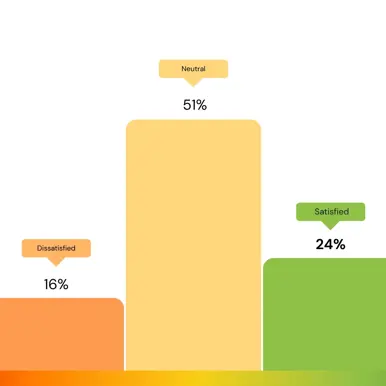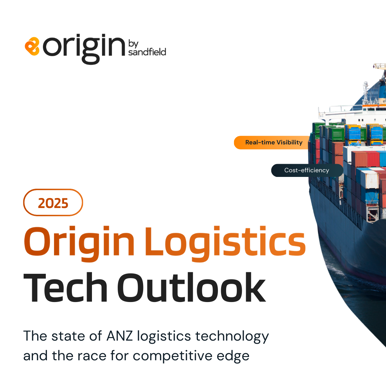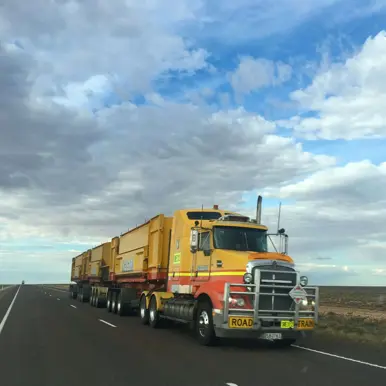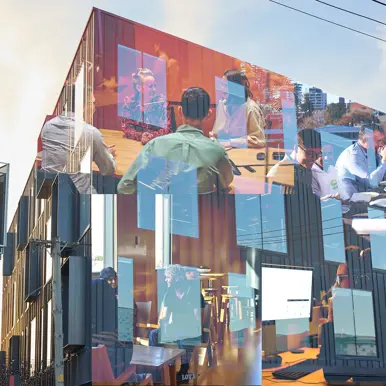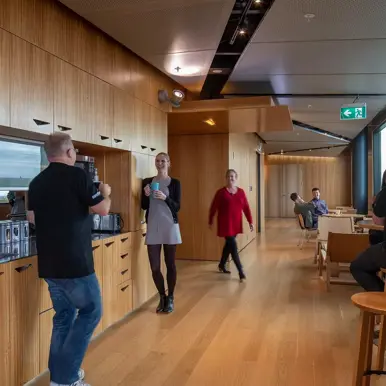In the early 2000’s it became common for companies to describe their business as ‘Logistics’ or ‘Supply Chain Services’. Previous descriptions would have included transport, warehousing or freight forwarding providers.
As the names evolved, we considered whether these updated descriptions were just empty labels or whether they represented a genuine aspiration to deliver a more sophisticated type of service that we needed to respond to.
What sort of systems would supply chain organisations need and why would they be different from traditional systems?
During our discussions and analysis, we agreed that many of our clients considered they were involved in executing supply chain services, and they used our systems to perform those supply chain roles. An example was an import supply chain involving:
- Sea freight from China
- Container pick up from the wharf
- Container devanning
- Warehousing
- LCL delivery to a retailer or distribution centre
An actual supply chain that was executing these activities wasn’t evident in our systems. We realised that we had a “pre-supply chain” design and that the supply chain definition of moving products from supplier to customer was essentially hard-coded into the applications we had built.
The team went on to think about the different systems that we had built and what changes we would make if we put the supply chain at the centre of the design. Rather than working from the assumption that different transport operators have different needs, we wanted to identify which elements were common in any supply chain operation and how to make a common supply chain platform that could be used in different industries. Just as important, which attributes would these common elements give our solutions? Would that kind of development make them more versatile or flexible, meaning that the systems could be evolved more effectively? The answer to all of these questions has been our supply chain platform, ‘On Event’.
Two other factors have also shaped supply chain software solutions in the last decade:
- ‘Supply chain contracting’
- ‘Best of breed’ or a ‘software ecosystem’
Supply chain contracting is where customers want “one neck to choke”. Rather than individually contracting a number of suppliers, they give responsibility to a single organisation. They may also contract that work in a different way. Rather than ordering specific services, a supply chain contract agrees on desirable outcomes and KPI’s. The supply chain service provider then has greater latitude in organising and optimising services. This holistic view means there are more systems that need to be connected to achieve a single result. It is these situations where we have been deploying our cloud integration management platform - Crossfire. We integrate separate lines of business applications and incorporate them into our On Event platform which manages supply chain events to customer outcomes.
Best of breed software is a philosophical move away from monolithic systems, which have been the default approach for a number of businesses. The developments of SaaS means the limitations of these monolithic systems can now be overcome. Customers no longer have to wait for product updates to finally get what they need. SaaS allows these organisations to rent systems that meet a specific purpose to best meet these business needs. We have customers that use a system from a large ERP vendor but they source innovation from a variety of other vendors for vehicle telematics, health and safety or specialised resource planning functions. Joining these systems together also involves integration which we execute with Crossfire.
Conclusion
Although these changes are subtle and have occurred over a long time, collectively they create a new paradigm. Supply chain management is a fluid discipline that isn’t well suited to being embedded inside a traditional ERP architecture. A supply chain by its very nature involves different organisations and different systems. This is amplified by the emergence of best of breed SaaS solutions and the concept of an application ecosystem.
Demands on systems are changing as customers demand more sophistication, optimisation and cost savings. Significant improvements can be executed without complete system replacements. The existing line of business systems can be left intact while supply chain orchestration is implemented. Operational innovation is delivered through evolution, not risky and expensive revolution.








